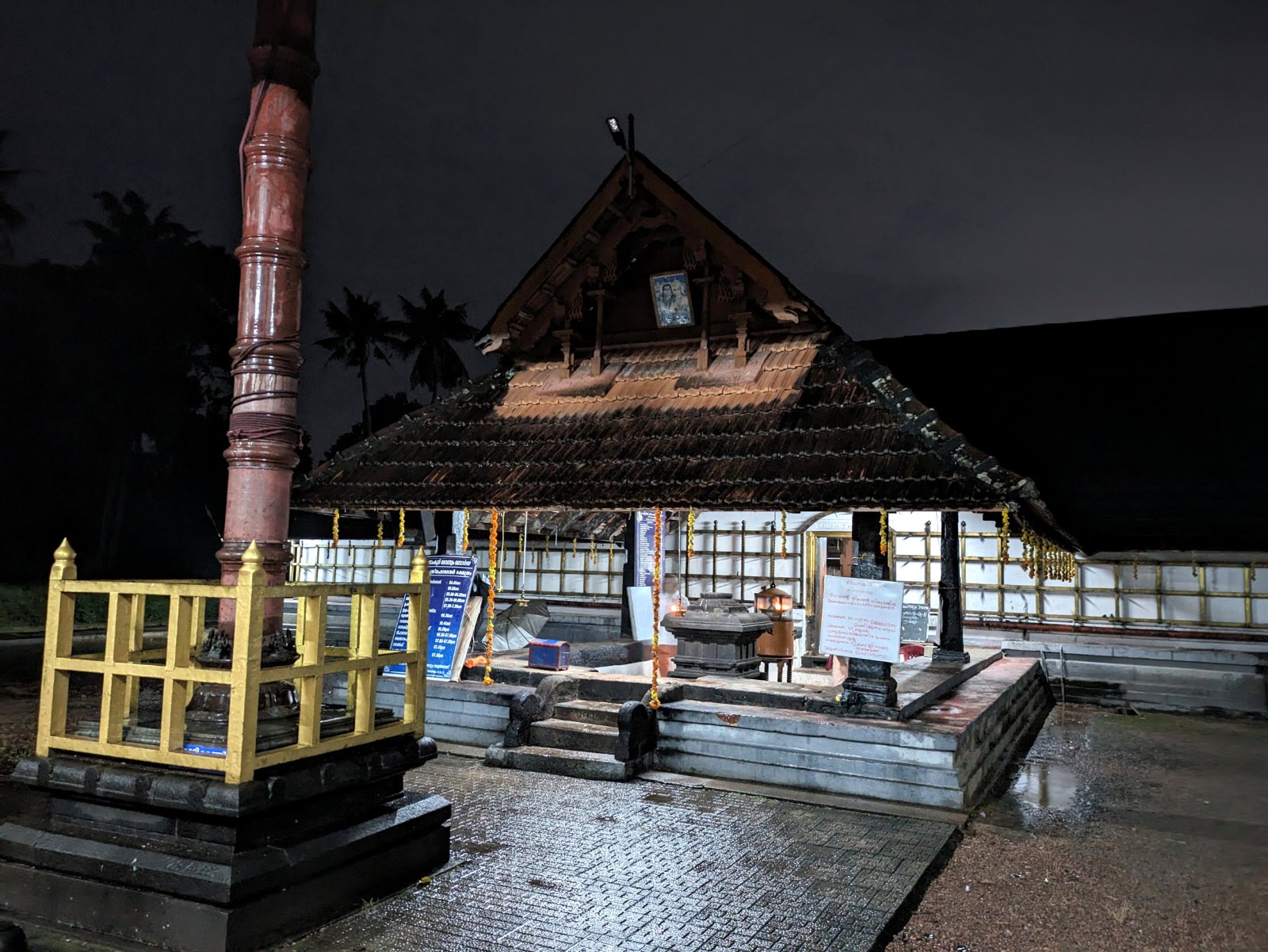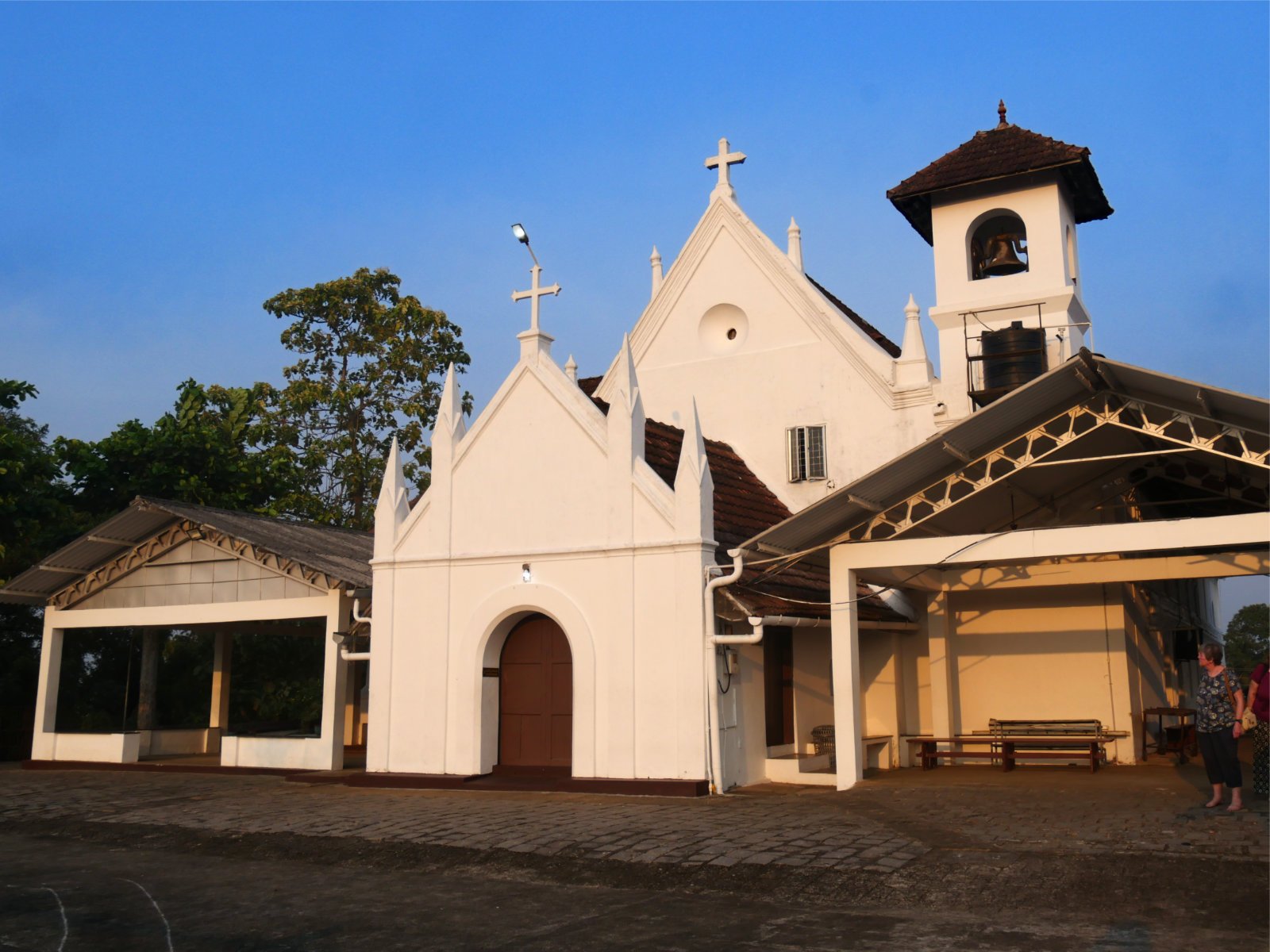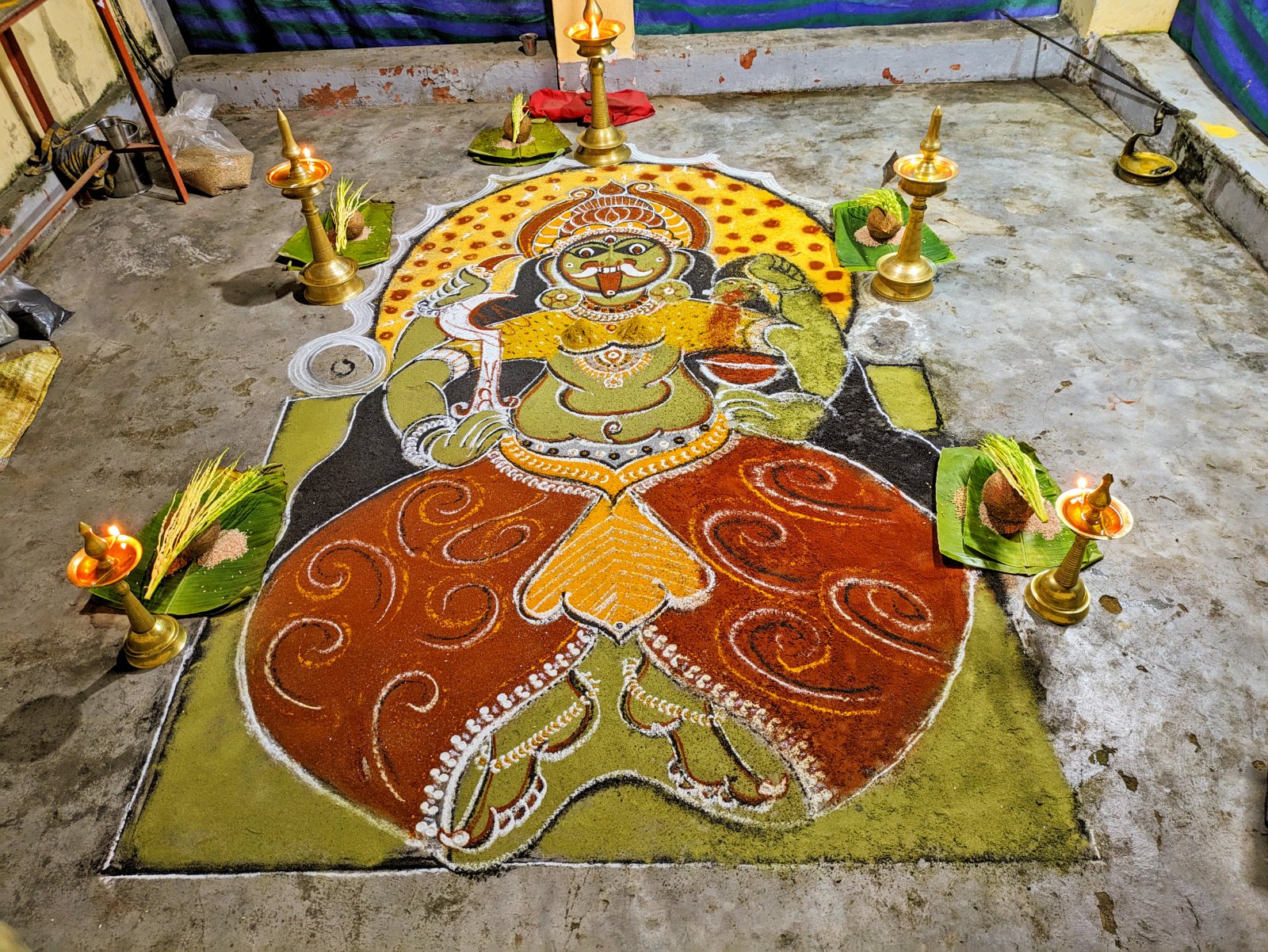Kottayam
Kottayam is a city in Kerala, situated in the Meenachil River basin and Vembanad backwaters, between the Western Ghats and paddy fields. It is a midland area with alluvial soil.
Kottayam has a diverse population, including Hindus, Christians, and Muslims. The Syrian Christian community has influenced the local culture, which is known for art forms like Kathakali, Mohiniyattam, Theyyam, festivals, and boat races. The cuisine blends traditional Kerala dishes with seafood and coconut-based curries.
Agriculture is crucial to Kottayam's economy. It is a major producer of rice, rubber, tapioca, coconut, pepper, and vegetables. The district also has a handloom industry that produces textiles like Kasavu sarees.
Known as the "Land of Letters," Kottayam has a rich literary heritage and educational institutions like Mahatma Gandhi University and CMS College, established in 1817. It is the headquarters of prominent Malayalam newspapers like Deepika, Malayala Manorama, and Mangalam.
Religion in Kottayam





The Thazhathangadi Juma Masjid, located on the banks of the Meenachil River in Kottayam, is an ancient mosque believed to have been constructed over 1,000 years ago by Arab traders. It is considered one of the oldest and most beautiful examples of traditional mosque architecture in Kerala, featuring exquisite wood carvings, a finely chiseled pulpit, and a unique "magical lock." Its architecture incorporates elements like a shadow clock and design that allows constant airflow, showcasing the ingenuity of its builders.
Within walking distance of the mosque are two historical churches dedicated to the Virgin Mary - the Valiyapally (Big Church) and the Cheriapally (Small Church). The Valiyapally, constructed in 1550 for the Knanaya Christian community, is considered the first Christian church in Kottayam town. It features ancient Persian crosses, rare antique carvings, and mural paintings, exhibiting a blend of temple architectural influences and built on tax-free land granted by the Thekkumkur rulers.
The Cheriapally, built in 1579 due to ethnic divisions within the Knanaya community, was constructed in the Portuguese-Baroque-Keralite style for the Marthoma Nasrani Christians on land donated by the Thekkumkur king Kotha Varma. Its sanctuary is adorned with intricate art and houses two centuries-old crosses showcasing the earliest examples of Marthoma style architecture.
Nearby is the Talikotta Mahadeva Temple, one of the 'Thali' shrines dedicated to Lord Shiva in Kerala, situated on Thaliyil hills and once surrounded by a 12-foot wall and a moat with crocodiles, reflecting its strategic importance. These religious structures, built over several centuries, stand as a testament to Kottayam's rich cultural and architectural heritage, highlighting the region's religious diversity and the harmonious coexistence of different faiths over time.
